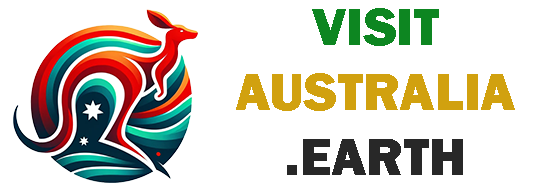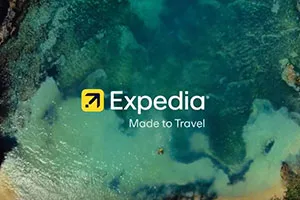The Koala Bear (Phascolarctos cinereus), often simply referred to as the “koala”, is a unique marsupial native to the Australian continent. Its endearing appearance, combined with its specialized lifestyle, has made it one of the most iconic and beloved symbols of Australia’s wildlife. In this article, we delve deeper into the evolutionary history, habitat, diet, life cycle, and current status of the koala in the wild as we explore the Kingdom of the Koala Bear.
Evolutionary History Koalas belong to the marsupial infraclass, which means they are more closely related to kangaroos and wombats than they are to true bears. The earliest known ancestors of the koala appeared in Australia around 25 million years ago, during the Oligocene epoch. The modern koala, Phascolarctos cinereus, is the only surviving member of the Phascolarctidae family, but fossil records indicate that several larger species once roamed ancient Australia.
Habitat Koalas inhabit eucalyptus forests and woodlands along the eastern coast of Australia, ranging from Queensland to South Australia. Within these environments, they have specific home ranges that are determined by factors like food availability, age, and gender.
Diet Koalas are folivores, which means their primary diet consists of leaves. They have a strong preference for certain species of eucalyptus trees. Despite the toxic and fibrous nature of eucalyptus leaves, koalas have evolved a specialized digestive system, including a “hindgut”, where a large cecum and colon allow for extended fermentation of their hard-to-digest food, extracting maximum nutrients.
Life Cycle Koalas have a relatively short lifespan, typically ranging between 10 to 15 years in the wild. Females reach sexual maturity at about 2-3 years of age and can give birth to one offspring (joey) per year. After birth, the undeveloped joey crawls into the mother’s pouch, where it continues to develop for about six months. Once mature enough, the joey will venture outside but remains close to its mother, feeding on a special fecal pap that helps introduce essential microbes for digesting eucalyptus.

Status in the Wild Currently, the koala is listed as “Vulnerable” by the IUCN Red List of Threatened Species. While they have no natural predators apart from birds of prey for the young ones, human activities have been the primary cause of their decline. Habitat destruction, urban expansion, dog attacks, car accidents, and diseases such as chlamydia have all taken a toll on their populations.
Threats The biggest threats to koalas are habitat loss and fragmentation, climate change which affects the nutritional quality of eucalyptus leaves, bushfires, and disease. Conservation efforts are in place, focusing on habitat restoration, research, and reducing human-related threats.
Visiting Koalas in Australia For those eager to witness these magnificent creatures in their natural habitat, national parks along the eastern coast, such as Noosa National Park in Queensland or Great Otway National Park in Victoria, are prime locations. Additionally, wildlife sanctuaries like Lone Pine Koala Sanctuary in Brisbane or Taronga Zoo in Sydney provide up-close encounters while contributing to koala conservation efforts.
While this overview provides a comprehensive introduction to the koala, it’s essential to dive deeper into scientific literature and research papers to gain a more detailed understanding. Conservation efforts are continuously evolving, and staying updated through credible sources ensures an informed perspective.
Explore our articles about more of Australia’s unique marsupials
Here’s an indicative list of resources and publications that would be valuable for such a study:
- Books:
- The Koala: Natural History, Conservation and Management by Roger Martin and Kathrine Handasyde.
- Mammals of Australia by Ronald Strahan.
- Scientific Journals:
- Journal of Zoology
- Australian Journal of Zoology
- Australian Mammalogy
- Organizations & Websites:
- Australian Koala Foundation (AKF): The AKF is the principal non-profit, non-government organization dedicated to the conservation and effective management of the wild koala and its habitat. Their website provides extensive information on koalas, including their biology, threats, and conservation strategies.
- International Union for Conservation of Nature (IUCN) Red List: The IUCN Red List offers species-specific information, including the current conservation status of the koala.
- Department of Agriculture, Water and the Environment, Australian Government: This department often releases reports and fact sheets related to the conservation status and management of Australia’s native species, including the koala.
- Sanctuaries & Zoos:
- Lone Pine Koala Sanctuary and Taronga Zoo websites: Apart from visitor information, these places often have educational sections detailing the biology and conservation of species they house.
- Research Publications & Articles:
- Articles related to koala conservation, ecology, behavior, and physiology available on platforms like PubMed, Google Scholar, and JSTOR.
- Specialist Reports:
- Koala habitat and population assessment reports released by state environmental departments in Australia. These reports often provide in-depth data on regional koala populations, their health, and habitat status.



